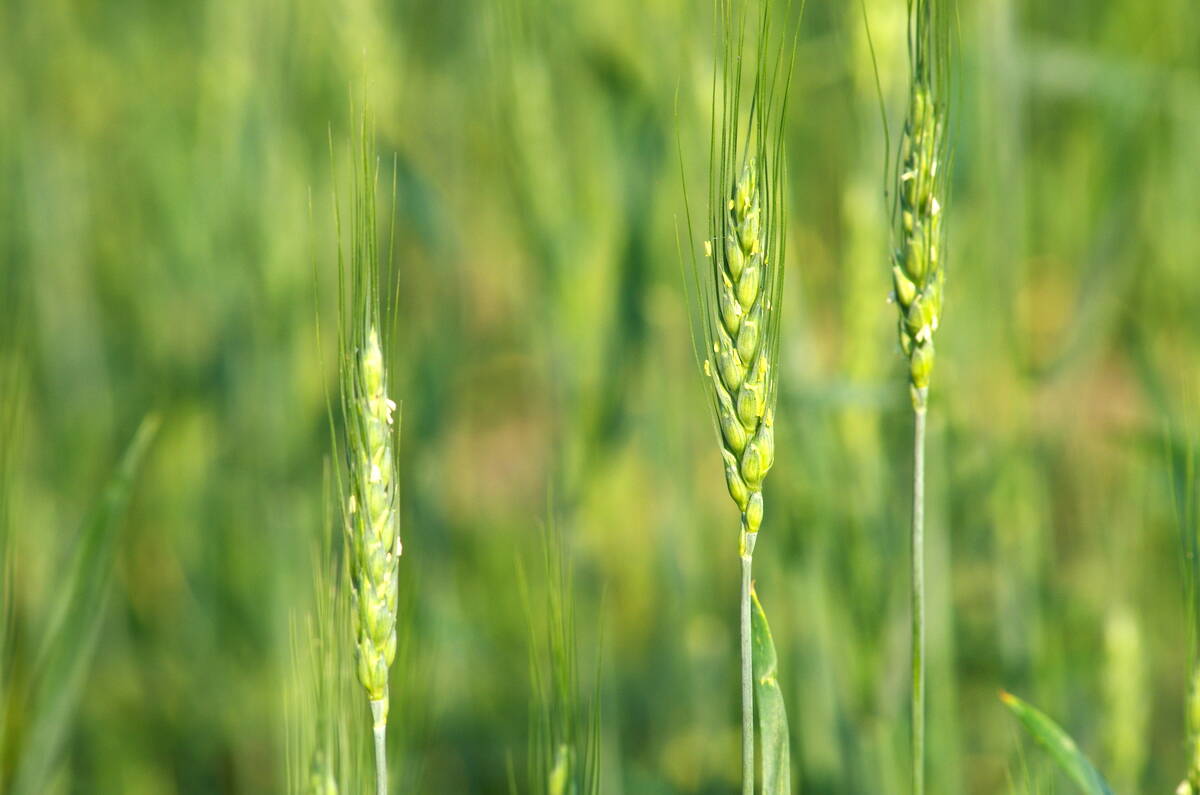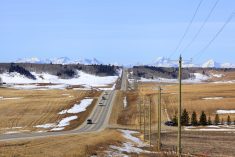The rising Assiniboine River is expected to take out significant potato acreage around Portage la Prairie, but one industry official said the overall effect on Manitoba’s crop would be minimal.
Brian Wilson, a potato specialist with Manitoba Agriculture, Food and Rural Initiatives at Carman, said there would obviously be some producers who would be affected, but said there were no supply concerns at the moment.
“Some acres in Manitoba will be affected, if producers own land in river flats or right along the river, but even if those producers can’t plant potatoes, and they still likely will, they could still look to other crops,” Wilson said.
Read Also

California researchers create nitrogen-fixing wheat
U.S. crop breeders have created a wheat variety capable of creating its own nitrogen fertilizer.
In order to divert water and reduce the number of properties at risk of flooding, the provincial government opened one of its dikes on the Assiniboine on Saturday morning in what it calls a “controlled release” onto adjacent fields.
While there has been plenty of controversy about the province’s decision to breach the dike at the Hoop and Holler Bend, Wilson said that at the moment at least, things were looking good.
“Right now they aren’t releasing a lot of water, so the creeks in the area have been able to keep up with the flow of the extra water.”
If more rain had fallen last week, it could have been a much different story, he added.
Manitoba grew a total of 71,000 acres of potatoes last year, with an average yield of 31.38 tons per acre, according to Statistics Canada.
Larry McIntosh, CEO of grower-owned vegetable distributor Peak of the Market in Winnipeg, said from what he had seen, there would be a negligible impact on overall potato production in the province with the flood.
Acreage was expected to be about the same as what was seen last year, he said.














